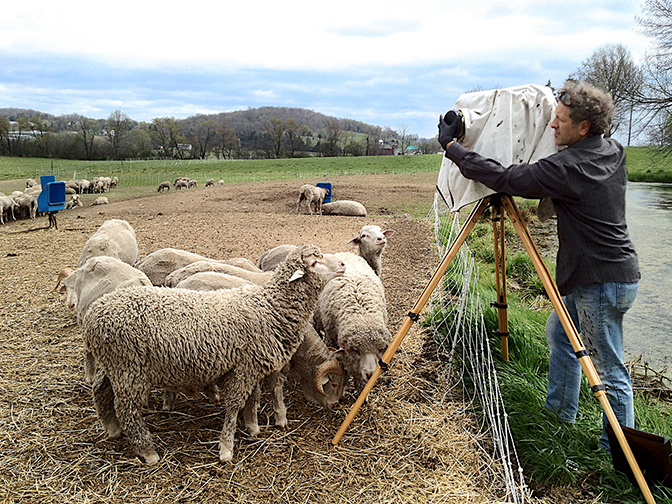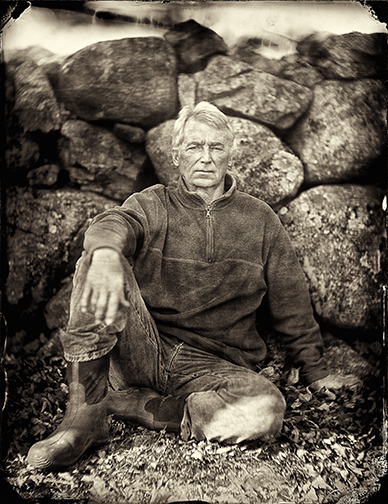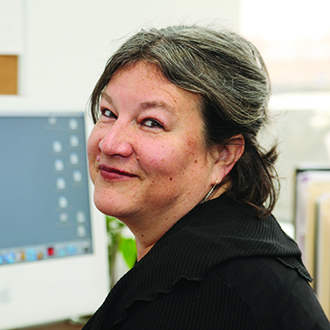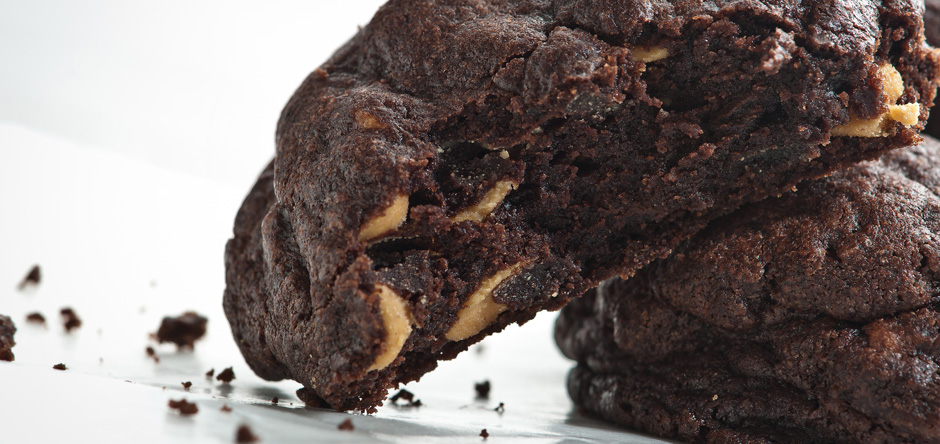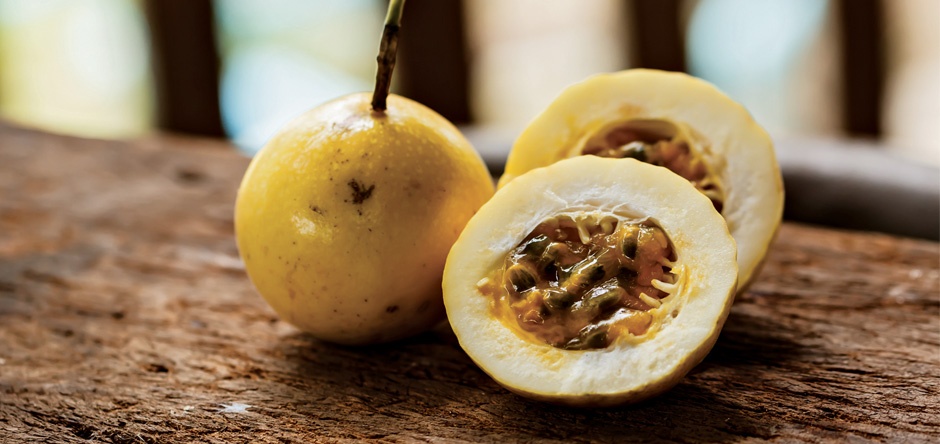Photographs by and courtesy of Francesco Mastalia.
There’s a beautifully nostalgic feel to “Organic: Farmers and Chefs of the Hudson Valley.”
And it’s created not only by what you see in the book, but also by what you don’t.
Evocative photography by Francesco Mastalia is an ode to dozens of farmers and chefs working in the region today, accompanied by the subjects’ own words about what they do and why they do it.
But Mastalia’s dramatic images — created with a 19th-century technique that gives the effect of Civil War photography — also sparks further conversation about the word organic and its interpretations, something that fuels many a discussion about food.
As Gail Buckland, author, educator, curator and authority on photography, says in the introduction, “‘Organic: Farmers and Chefs of the Hudson Valley’ is focused on the idea of integrity in the production and preparation of food. The individuals (and they are individuals!) encountered in this collection are less concerned with USDA certification and government issued labels than in knowing they are creating healthy food, grown and prepared in traditional ways, food that is wholesome, sustainable, and chemical-free.”
Mastalia’s effort, published by powerHouse Books, also includes a foreword by actor-activist and longtime Sullivan County resident Mark Ruffalo, as well as a preface by Joan Dye Gussow, the Rockland County-based trailblazer in the field of healthy eating.
A NATURAL PROGRESSION
The project, Mastalia shares during a recent chat, was quite … organic in origin.
“For me, I’ve always been an advocate of eating well,” says the man who was born in Italy and grew up in New Jersey.
Since landing in the Hudson Valley — first in Warwick and now living in Rhinebeck — he noticed something special was going on, from the region’s farmers all the way through to the chefs who put their products on the table.
“They are very proud of the way they’re producing their food,” Mastalia says.
The veteran photographer saw right away there was a wealth of material to draw from and he was determined to “bring attention to what a great agricultural region the Hudson Valley is.”
He approached the project, he says, without “any angle” and assured the participants, “It’s your story.”
And it was one so many wanted to tell.
COMMITTED TO THE STORY
The project saw Mastalia complete a three-year journey covering some 17,000 miles crisscrossing the Hudson Valley, eventually including more than 130 farmers and chefs in the book.
Since its release late last year, the book has garnered much attention with Mastalia participating in book signings, panel discussions and exhibitions.
“My goal from the beginning was to move the exhibit throughout the Hudson Valley.”
And he’s been pleased with the response: “There is definitely something there that resonates with people.”
Next month, Mastalia will showcase some three dozen of the photographs at Gallery 66 NY in Cold Spring, which will also feature “Farm Art,” sculpture by Wilfredo Morel.
Mastalia insists that text be included with each exhibition.
“I want it to be educational for people.”
UP CLOSE AND PERSONAL
Those who spend time with the book itself will also learn much as it takes readers on a tour of sorts through the region to meet Liz Taggart of Amba Farms in Bedford Hills; Craig Haney and Jack Algiere of Stone Barns Center for Food and Agriculture in Pocantico Hills; Mimi Edelman of I & Me Farm in Bedford; and Ken Kleinpeter of Glynwood Farm in Cold Spring, among others.
The farm-to-table story continues as Mastalia spotlights chefs ranging from Dan Barber of Blue Hill at Stone Barns in Pocantico Hills — which garnered national recognition when named Outstanding Restaurant at the 2015 James Beard Awards — to Eric Gabrynowicz of Restaurant North in Armonk and Peter X. Kelly of Xaviars Restaurant Group, which includes Xaviars X20 on the Hudson in Yonkers.
Each, Mastalia says, was integral to creating this well-rounded exploration.
“It’s not so much about me,” he says. “It’s more about the people in the book.”
THE PROCESS
And it wasn’t a quick snap and be on his way. Mastalia would spend an hour or two at each session, which produced four or five photographs in total, each one taking some 10 minutes from start to finish.
The process — called “wet plate collodion” and dating from the 1850s — allowed Mastalia to create a singular effect.
A large-format wooden camera, an 1870s brass lens, glass plates and a portable darkroom were all necessary to create the series of one-of-a-kind images.
While rewarding, the sessions were always a bit of a gamble, as Mastalia had to rely on factors ranging from light to humidity in this process — one free of today’s digital wizardry.
He quickly realized, “There’s only so much I can control.”
It’s a sentiment one imagines that farmers, so intimate with the whims of nature, know well.
For more, visit francescomastalia.com.

